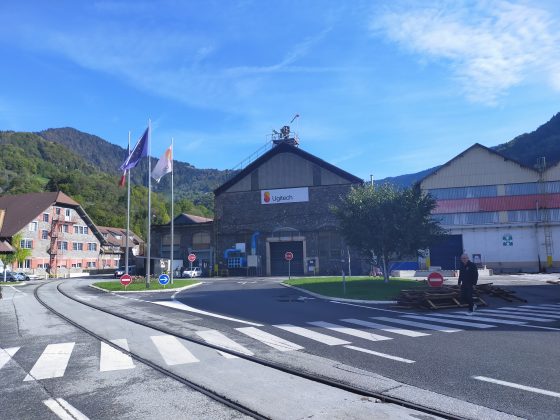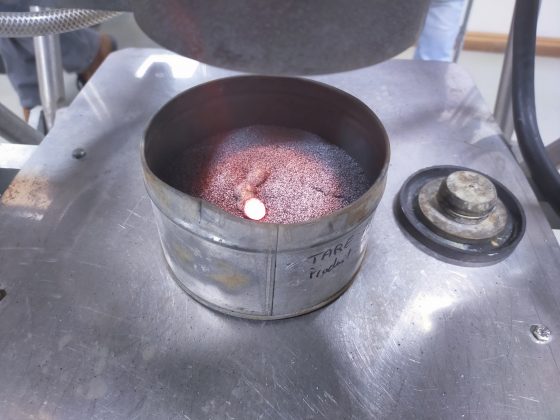Ugitech is a company that belongs to the Swiss Steel Group, one of the world’s largest manufacturers, processors, and distributors of special steel long products. The company is specialized in the production and selling of a wide range of stainless steel long products like wires, wire-rods, and bars.
When it comes to quality control, Ugitech puts its trust in Zetamix to 3D print some special products in Ceramic in order to succeed in their analysis in the best conditions.

From the steel solidifying step towards the quality control
Once the refining stage is over, the steel is shaped by solidification in a continuous casting machine. Steel is poured into a bottomless water-cooled copper mold. In the process of solidifying, the steel is driven by rollers until it becomes completely solid. Blooms are then cut to the desired size. To allow for the sliding movement of steel against copper, a casting powder made of a mixture of oxides and fluoride, similar to a molten glass at high temperature, is placed between steel and mold. This powder being critical for the steel surface quality, it is put under many quality controls to ensure its properties. Among those properties, high temperature viscosity must match the one desired.
Using Zetamix filament for custom-made ceramic crucible
Christian Deville-Cavellin, Liquid metal and Solidification expert, chose to use the Zetamix filaments in order to print custom-made crucibles for his high-temperature viscometer. Usually after each control of viscosity, the crucible, which contains a platinum lining on the inside, must be cleaned. To do that, it is placed upside-down in a vertical tube furnace, to re-melt the solidified glass, make it flow downward, to drain it out finally. This method is effective, but it is very challenging because the crucible must be correctly positioned in the tube furnace. In fact, the crucible walls risk touching those of the furnace. This is very dangerous because the molten glass in contact with the furnace’s tube may corrode it: not only a severe damage of the furnace might occur, but the crucible may also break, immediately costing tens of thousands of euros to produce a new one, and line it with platinum.

In order to avoid this issue, and secure the crucible centering in the furnace, Christian decided to print custom-made crucibles with the exact same sizing and height as the usual ones, the only difference being that the new innovative crucible will be equipped with three spacers. Their role is to fit the shape of the tubular furnace, and keep the crucible in the center to avoid contact between molten glass and furnace elements.
Picture: Molten glass drop draining off the crucible
Christian also decided to add a smaller cylinder at the bottom of the crucible to help hold it in the tube furnace; the cylinder is created with a hole that attaches the crucible to the furnace using an alumina rod, and a pin.
Picture above: Zetamix crucible assembly
Picture above: Assembly in the viscometer